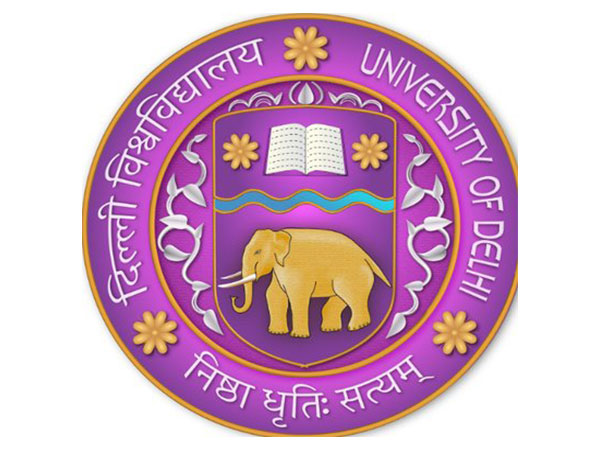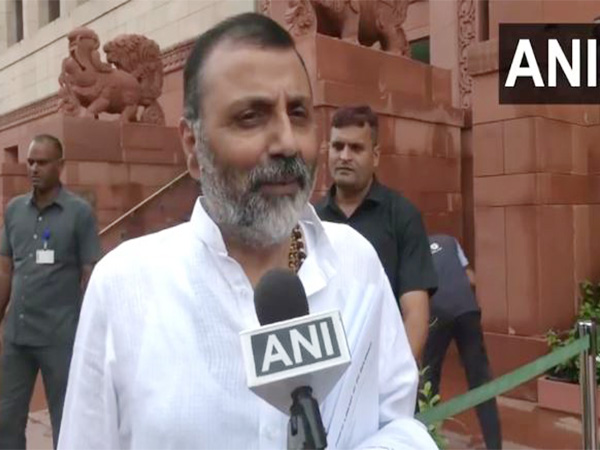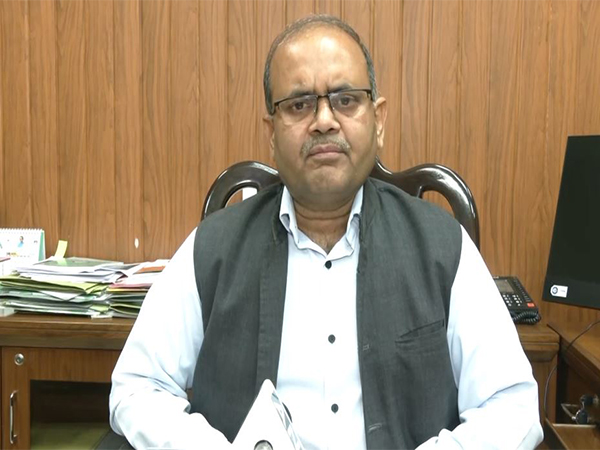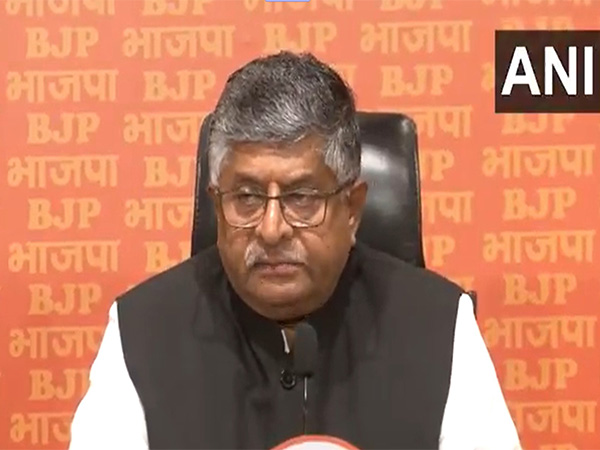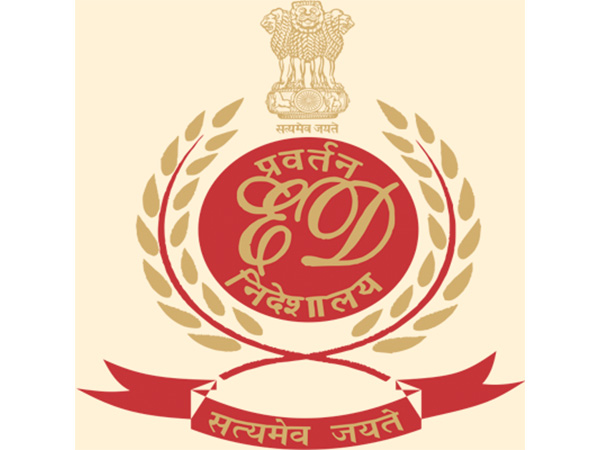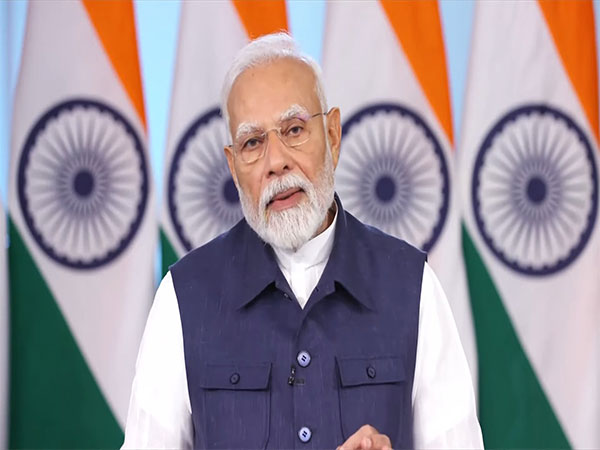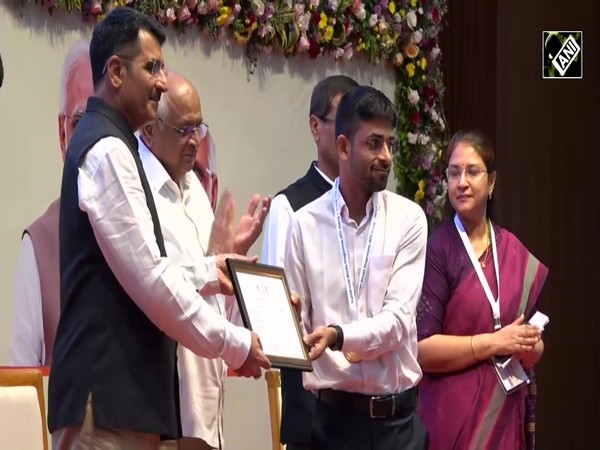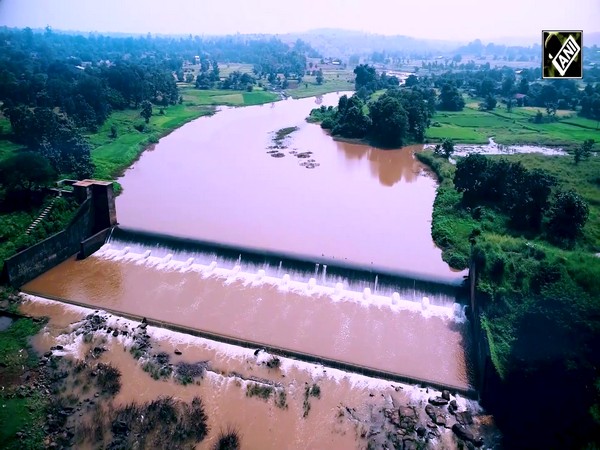
GSLV F16 successfully injected NASA-ISRO NISAR satellite: ISRO Chief
Jul 30, 2025
Bengaluru (Karnataka) [India], July 30 : Indian Space Research Organisation (ISRO) Chairman V Narayanan on Wednesday, said that the GSLV F16 has successfully and precisely injected the NASA-ISRO NISAR satellite weighing 2,393 kg into its intended orbit in space.
The GSLV-F16 rocket successfully placed the Earth Observation Satellite, a joint collaboration between the Indian space agency with its US counterpart NASA, into its intended Sun-Synchronous Polar Orbit (SSPO) this evening on its scheduled time.
The ISRO Chairman congratulated the ISRO and NASA on their success and said, "This is our 102nd launch from 18 missions of GSLV. The previous F-15 mission was the 100th successful mission from Sriharikota."
The Chairman said that this is the first GSLV Mission to the Sun-synchronous polar orbit.
"Being the first SSPO mission, several analyses and studies were carried out to make this mission a grand success, including cryogenic upper stage corrections. A host of mission simulations were carried out systematically and meticulously, and today's mission is successfully accomplished," the ISRO chairman stated.
After lift off, the satellite was inserted into orbit with a margin of less than 3 kilometres, far below the permissible error limit of 20 kilometres.
"All the vehicle system performance is quite normal as expected and predicted. Today we achieved the intended orbit. We have placed it in orbit less than 3 kilometres within the permissible level of 20 kilometres," the ISRO chief said.
The NASA-ISRO Synthetic Aperture Radar (NISAR) satellite is designed to deliver highly detailed data on Earth's surface.
Once in every 12 days, the satellite will scan the entire globe to provide very detailed images of the Earth's surface, capturing minute changes which are smaller than a centimetre.
The satellite is expected to help monitor sea level rise, natural disasters, soil moisture, and ecosystem changes, among other crucial Earth science applications.
"NISAR will enable the scientific community to detect the surface variations, sea height detection, investigate natural hazards, monitor soil moisture and many other applications. The potential from the satellite are huge and the global scientific community is eagerly awaiting for the satellite data for their respective research and usage," ISRO Chief added.
The implementation arrangement between ISRO and NASA in a joint Earth observation satellite was signed on 30th September 2014 by then chairman Radha Krishnan and NASA Administrator Charles, where the function was held in Toronto.
The ISRO Chairman also credited the Indian government for unwavering support, saying, "It's teamwork done by ISRO along with NASA. I express my heartfelt gratitude to PM Narendra Modi ji, who is the Minister of Space, who has provided outstanding, encouraging support for the entire project for its successful execution today," he said.
He also acknowledged the contribution of Minister of State Jitendra Singh and PMO officials for their continued support.
